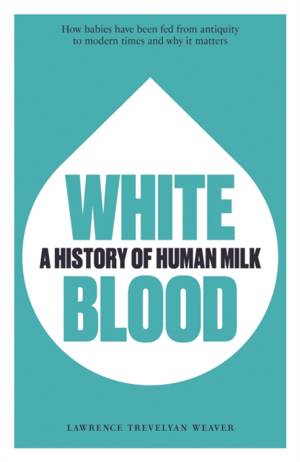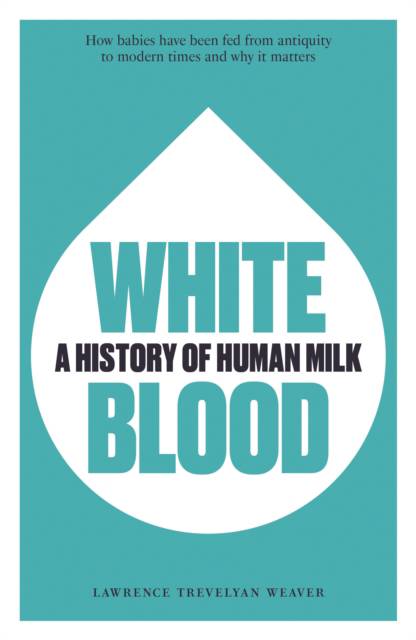
En raison d'une grêve chez bpost, votre commande pourrait être retardée. Vous avez besoin d’un livre rapidement ? Nos magasins vous accueillent à bras ouverts !
- Retrait gratuit dans votre magasin Club
- 7.000.000 titres dans notre catalogue
- Payer en toute sécurité
- Toujours un magasin près de chez vous
En raison de la grêve chez bpost, votre commande pourrait être retardée. Vous avez besoin d’un livre rapidement ? Nos magasins vous accueillent à bras ouverts !
- Retrait gratuit dans votre magasin Club
- 7.000.0000 titres dans notre catalogue
- Payer en toute sécurité
- Toujours un magasin près de chez vous
White Blood
A History of Human Milk
Lawrence Weaver, Lawrence Trevelyan Weaver
Livre broché | Anglais
21,95 €
+ 43 points
Description
A groundbreaking history of human milk White Blood explores how the nature and properties of human breast milk were conceived within the fluctuating frameworks of distinct historical periods. For example, in the ancient world, human milk was thought to be blood diverted from the womb to the breast, where it was whitened and vivified to nourish the newborn. In the Renaissance it became known as a vital fluid transmutable into flesh by an "internal alchemist"; in the Enlightenment it was said to flow from "nature's bountiful urn." From ancient Greece and Rome to the present, Lawrence Trevelyan Weaver traces the historical past of human milk across centuries, noting how the cultural and historical frameworks of the past informed the practices of milk feeding and its effects on infant health, growth, welfare, and survival.
Spécifications
Parties prenantes
- Auteur(s) :
- Editeur:
Contenu
- Nombre de pages :
- 224
- Langue:
- Anglais
Caractéristiques
- EAN:
- 9781913491260
- Date de parution :
- 28-07-21
- Format:
- Livre broché
- Format numérique:
- Trade paperback (VS)
- Dimensions :
- 193 mm x 127 mm
- Poids :
- 589 g

Les avis
Nous publions uniquement les avis qui respectent les conditions requises. Consultez nos conditions pour les avis.






